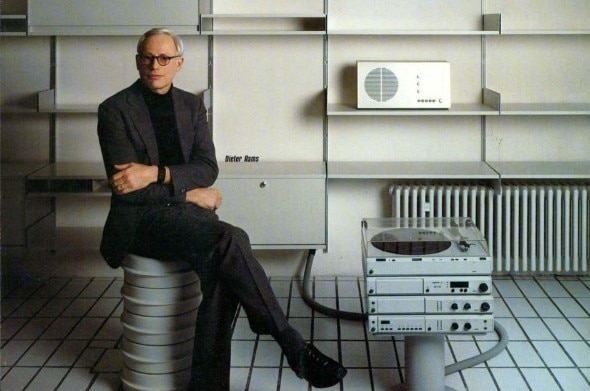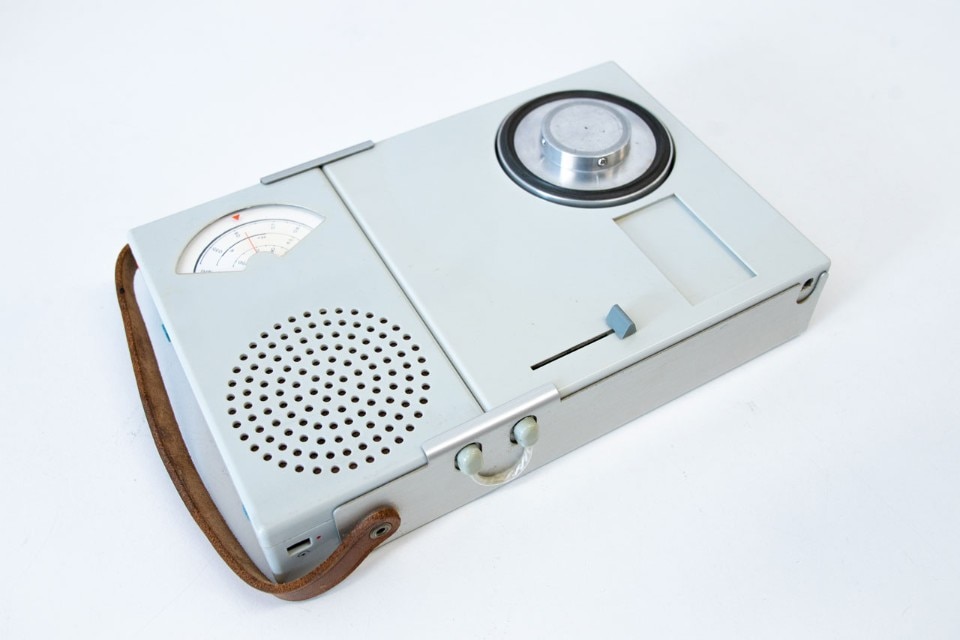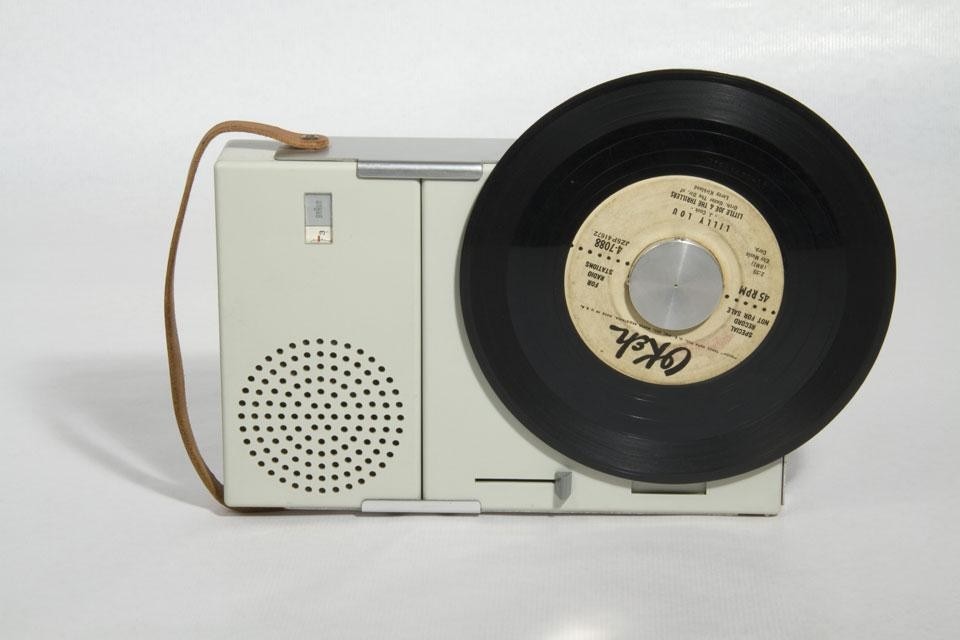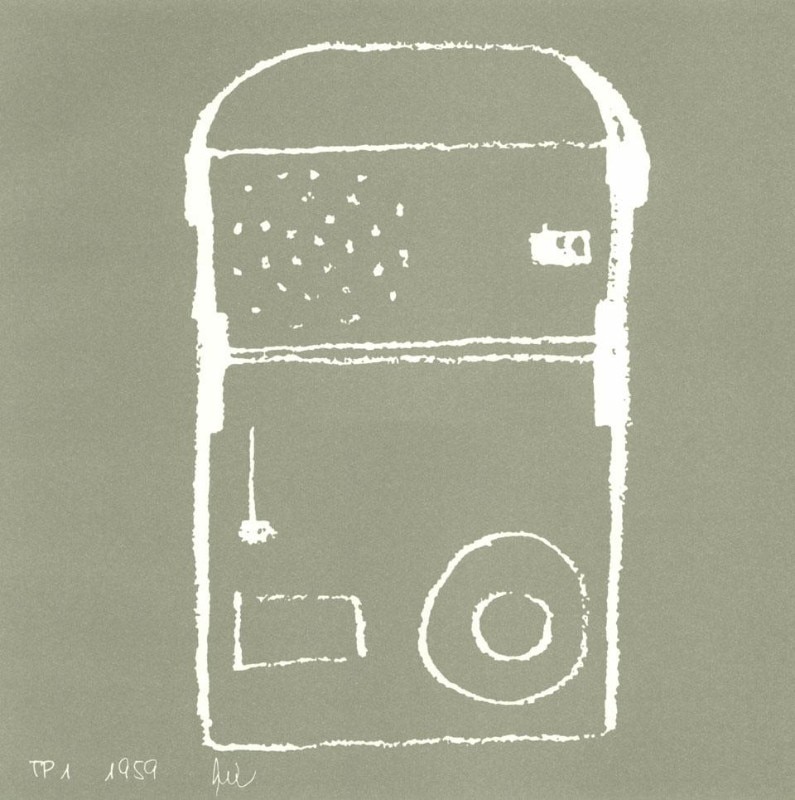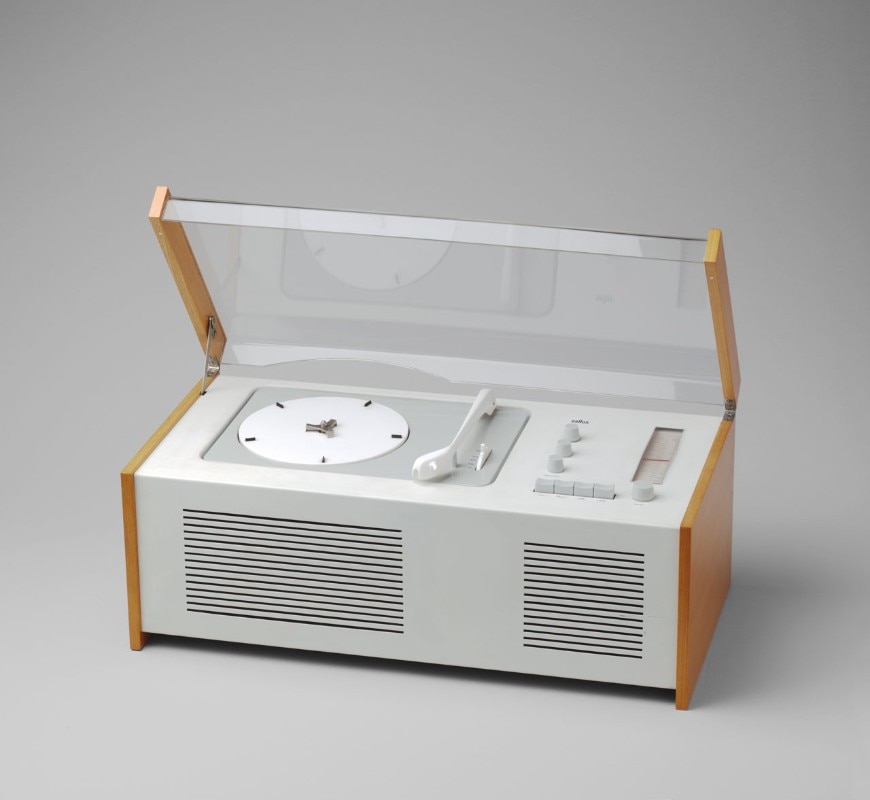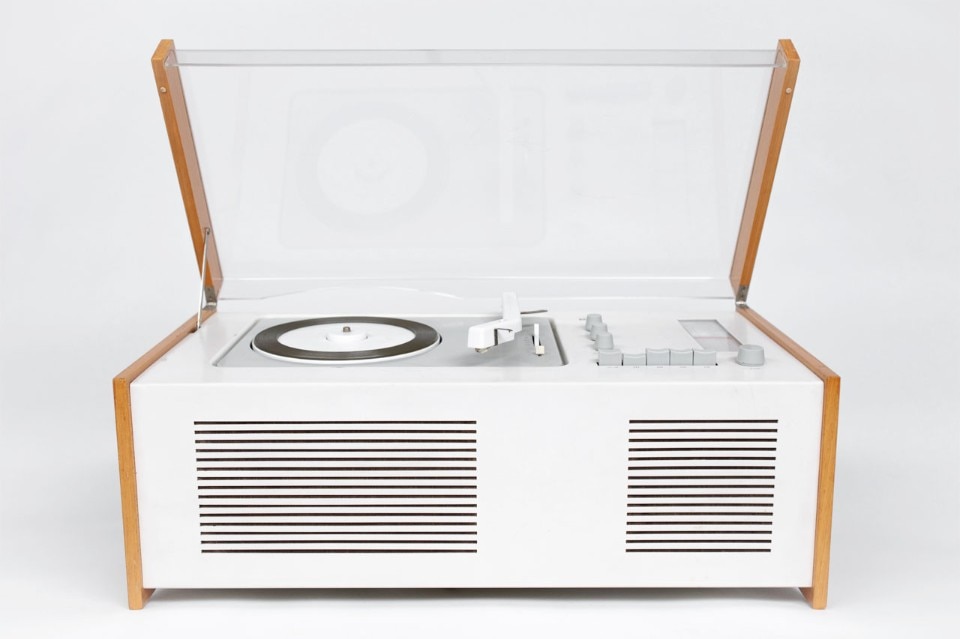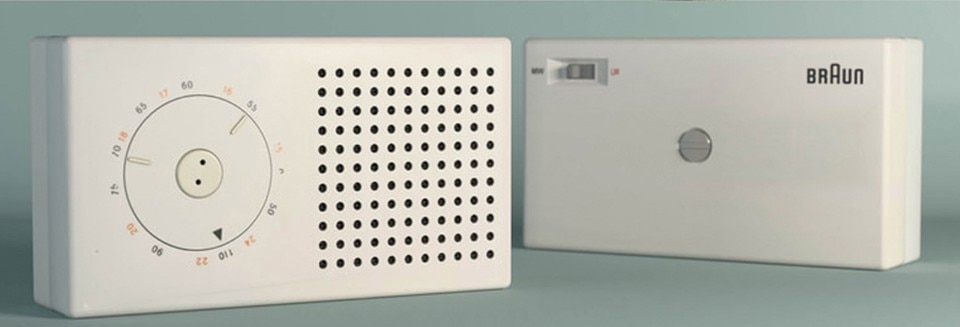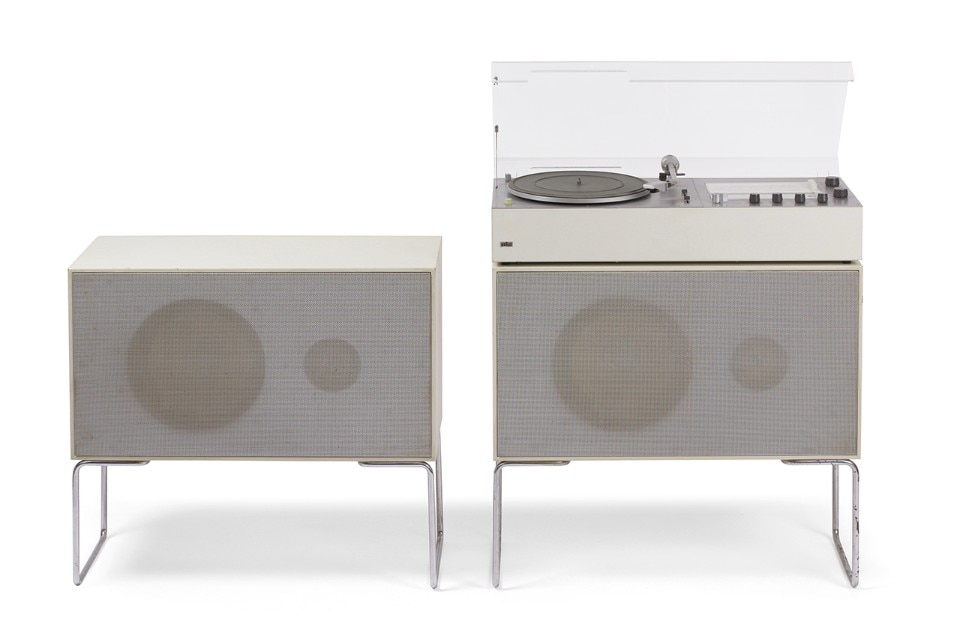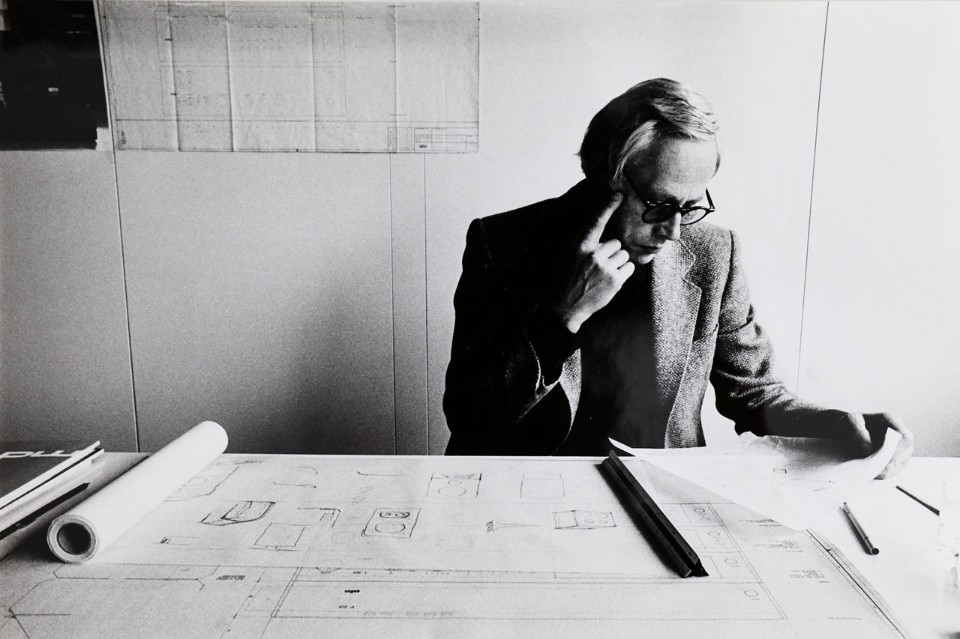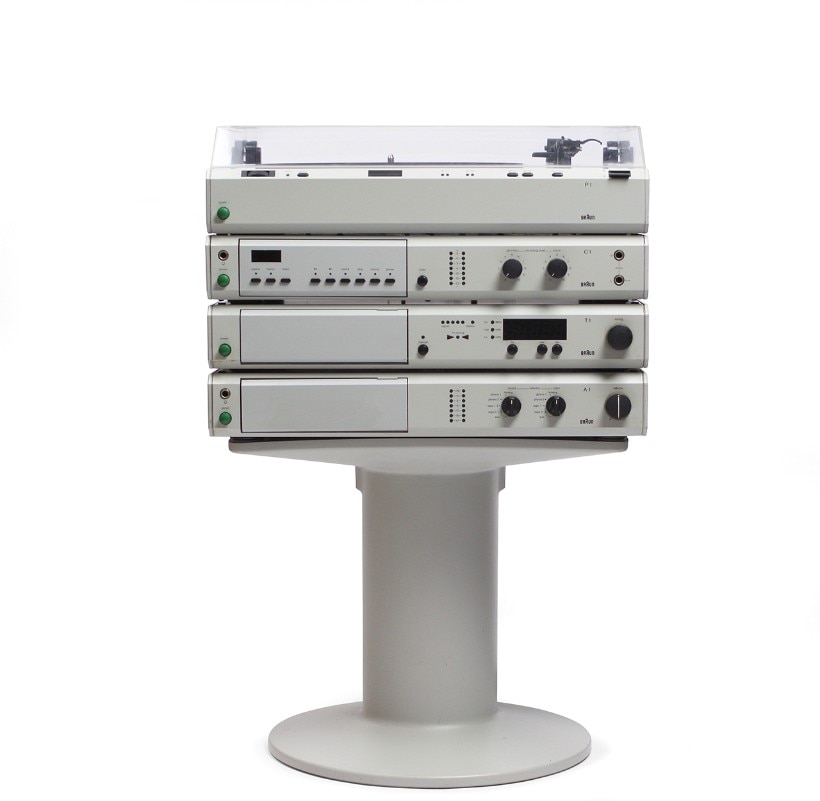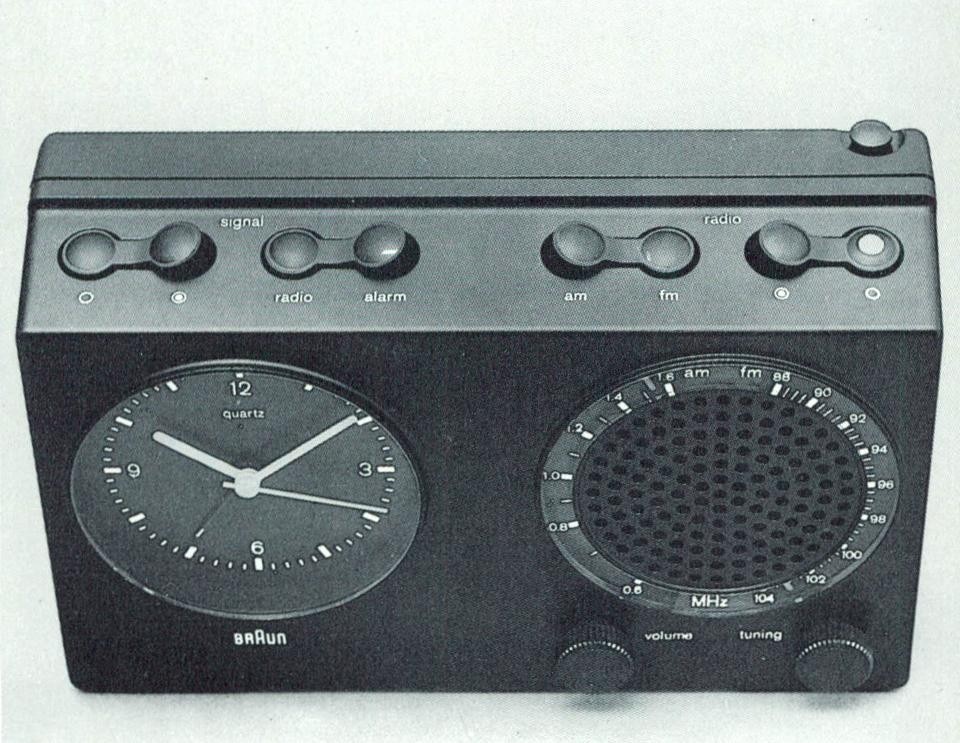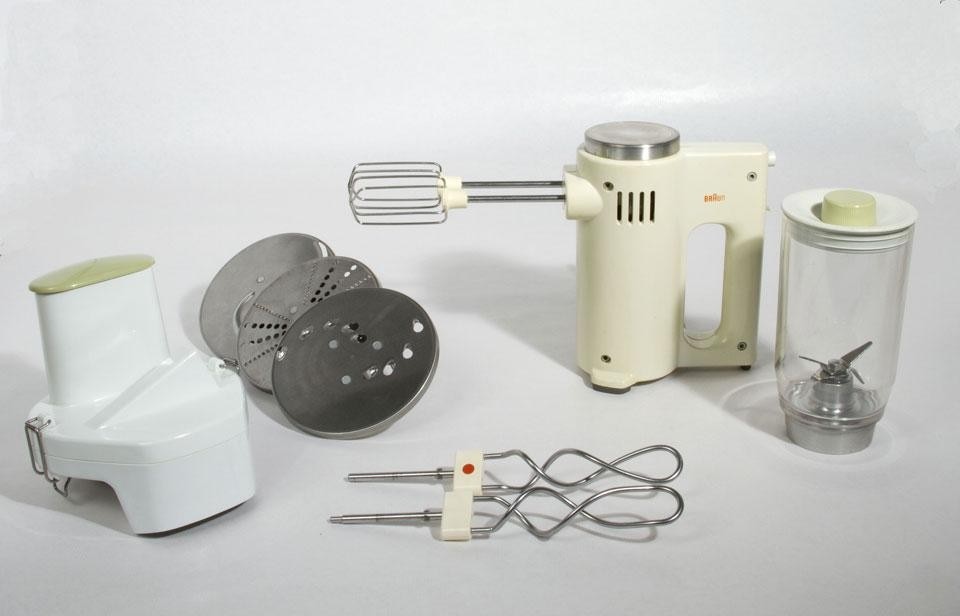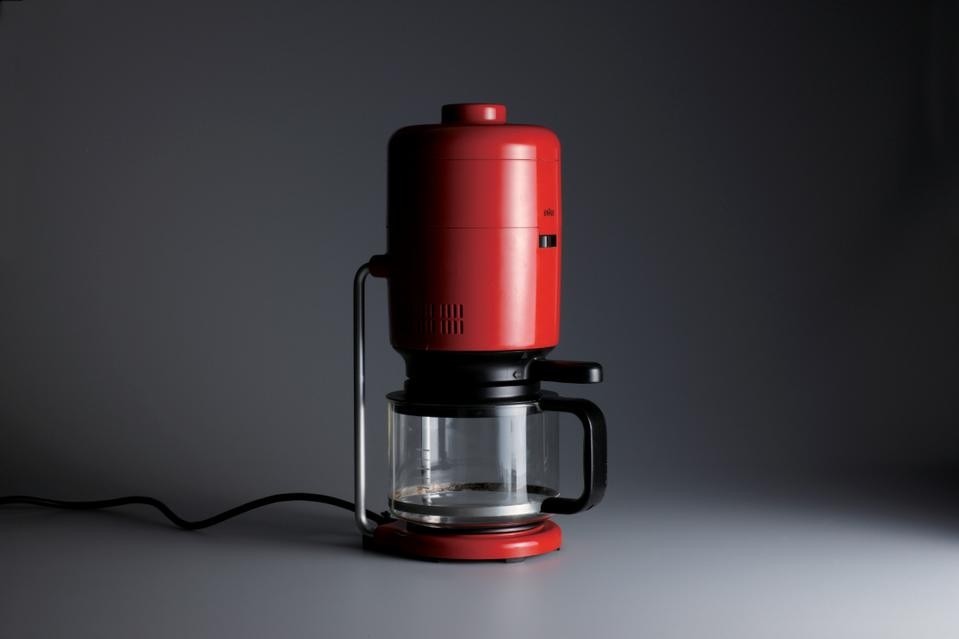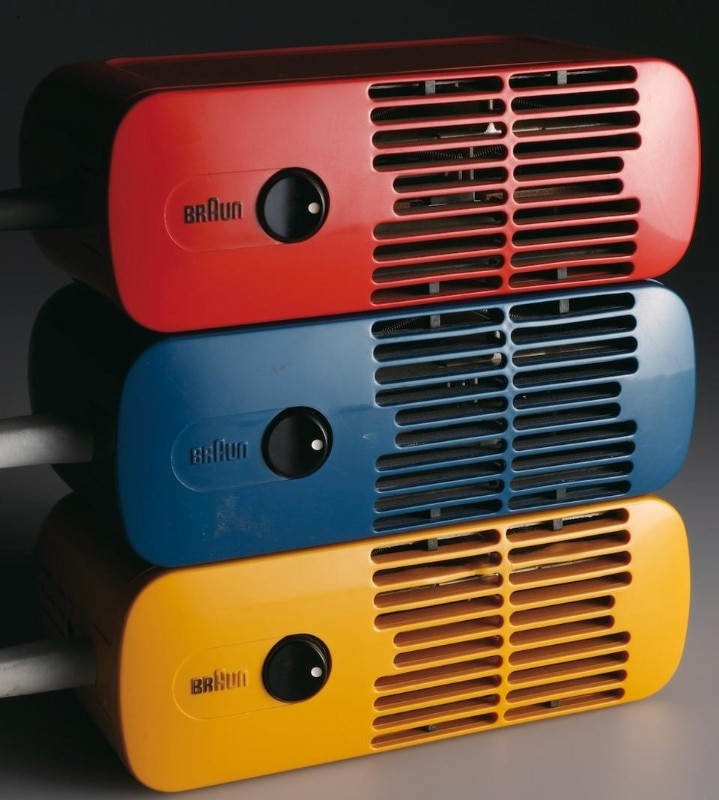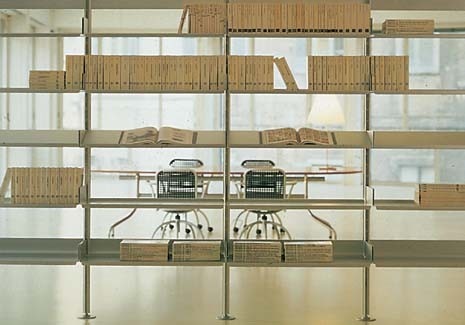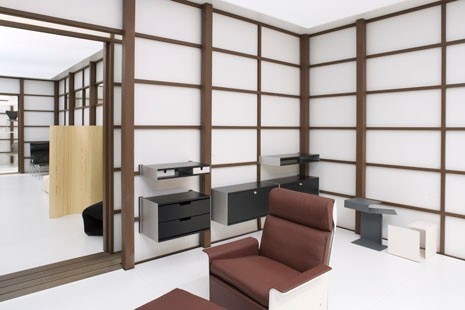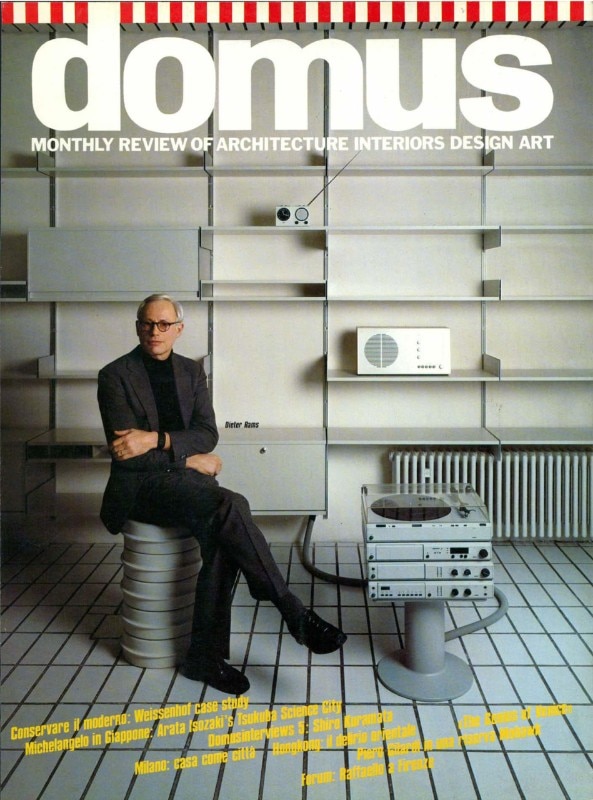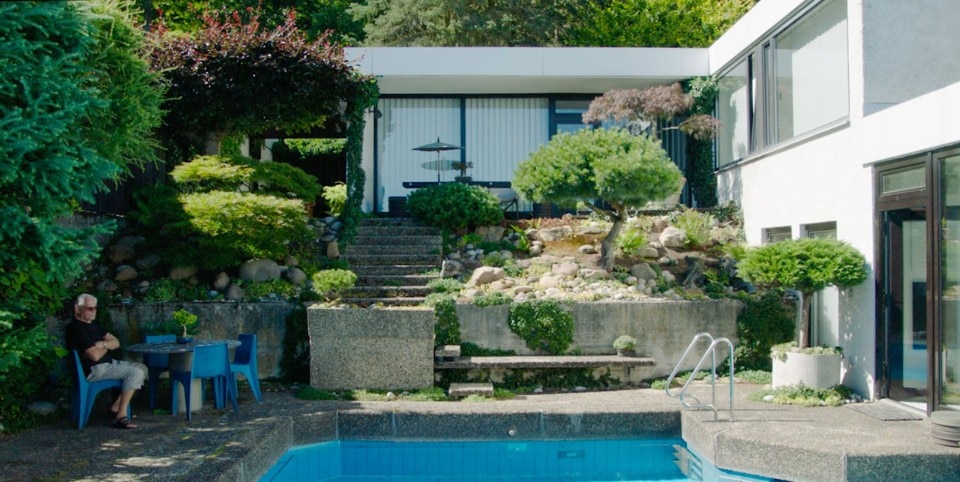By the early 90s, Dieter Rams was about to leave his position as head of design at Braun, a position from which he had established himself as a world-known design guru, associating his name with the unparalleled simplicity of products such as the T3 radio or the Atelier stereo system. His work had already laid the foundation for what other future iconic design philosophies – such as the entire visual and system language developed by Jonathan Ive for Apple, starting with the iPod, which also openly quoted the T3 aesthetics – but Rams, ever since the involvement of the Ulm School, the postwar evolution of Bauhaus reflection, in his first projects for Braun in the 1950s, has always structured his research according to a very strong ethical value, of which aesthetics would then become an expression. And here in the midst of a most intense career the maestro of less, but better would formulate a code that was actually a reflection, and in some respects even a prophecy on the emergencies of the following decades, from responsibility towards a fragile environment to the need to reduce consumption and better understand the potential of technology. Domus published this reflection in April 1993, on issue 748.
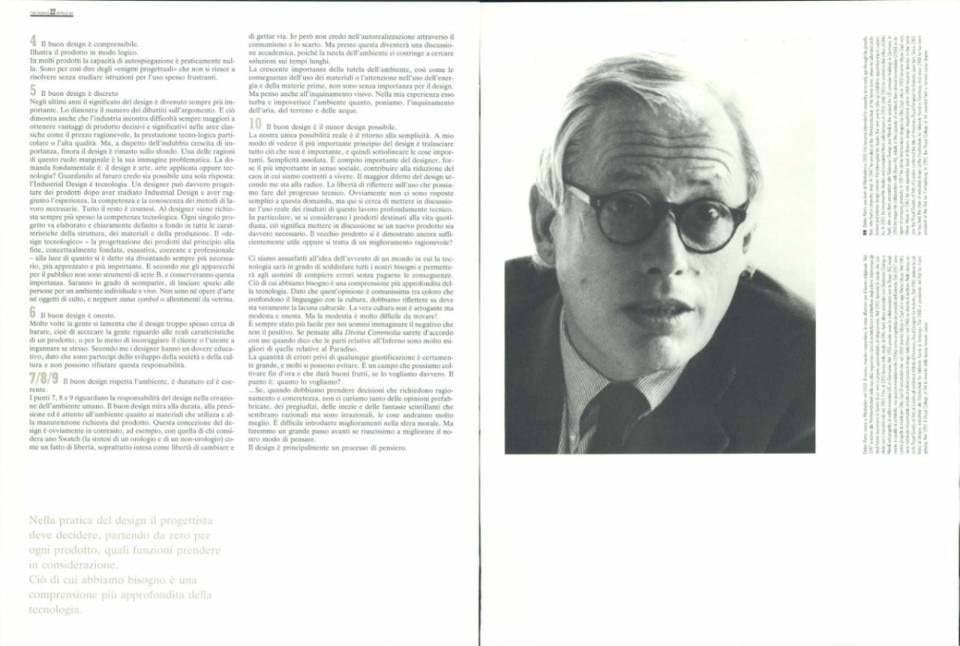
10 principles for a good design
He following basic hypotheses act as a means of orientation for my colleagues, my students and myself:
1. Good design is innovative
Innovation is a catchword nowadays, which is often used to mean spectacular novelties, which can be limited to exterior changes in facade. Innovation thus becomes an end in itself. Most of the products I am and was responsible for, have practically become prototypes because they are in their totality longlasting and from both technically and a design cost-benefit point of view, innovative. Design must be seen here to be the coordinating factor, as it is important that all the factors remain in balance throughout the long development process through which a product has to go. This does not mean that in the future all products must look like they do these days. Without sacrificing the design rules (but possibly by modifying them) the design of a product will reflect the present state-of-the-art in respect to technology, manufacturing and the necessity of using new materials.
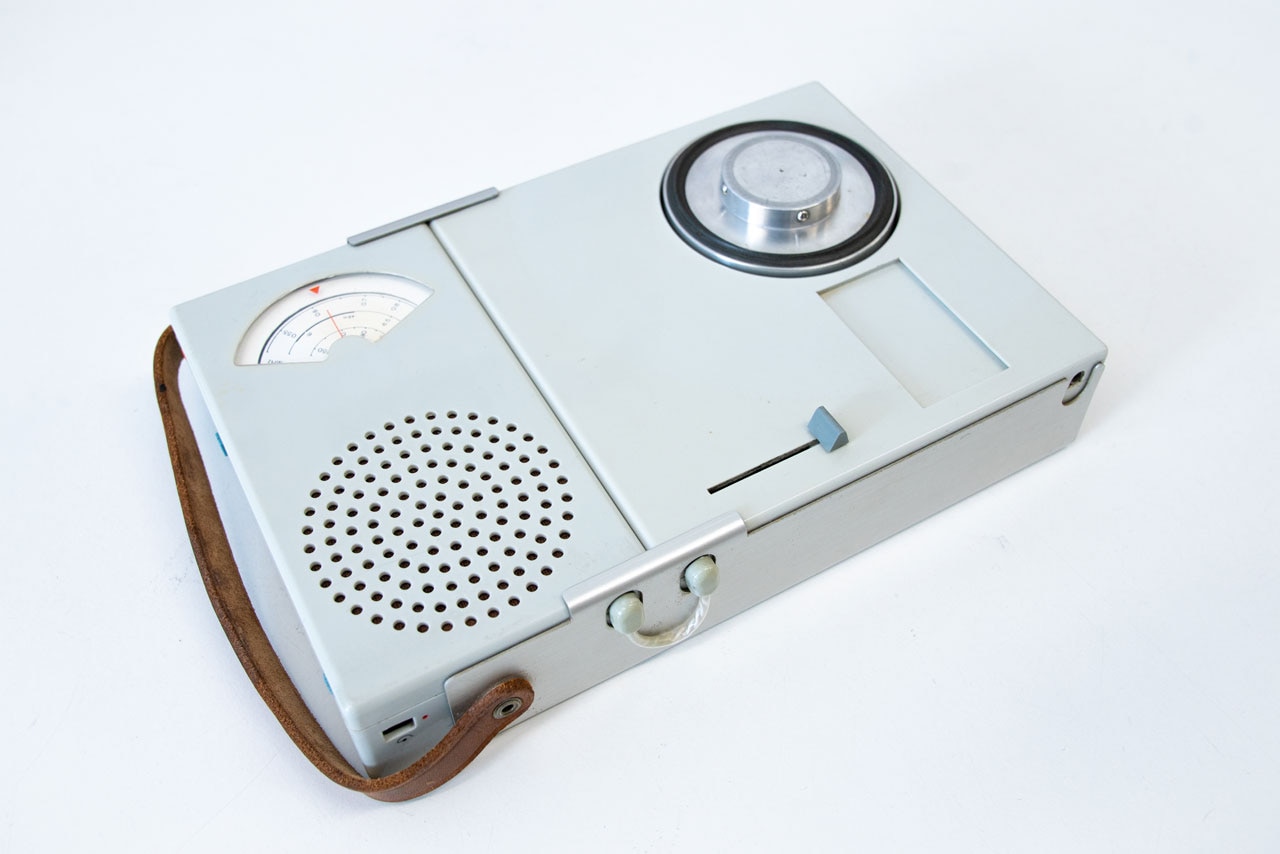
2. Good design enhances the usefulness of a product.
In my opinion an appliance is well designed when it is of optimal use. Design according to the function of an appliance is a result of an intensive and comprehensive interaction with the reality of use, life, needs, wishes and feelings of humans. Design may not reduce people to machines. For instance, a chair certainly has many other functions within a home than only to be sat upon. This means, then, that the design of consumer goods should fulfil more functions than the primary one, e.g. psychological functions, or that it fits with the rest of the individual environment of the user. However, one can easily get lost in the search for complementary functions, the functions can become so extended that they cover the whole spectrum of every possible life style. In the design theory this can be enacted in all its varying components. But in design practice the designer has to decide with every product anew which functions one wants to take into consideration. There are no instant recipes for this. We must endeavour to sift out the relevant aspects by discussion with marketing, development and production teams, to reach a form which successfully integrates complementary with primary functions. The important things in this process result from the picture we have of the people for whom we are designing this particular appliance. Products designed according to this principle differ from products which are designed according to other principles for the same consumers.
3. Good design is aesthetic
Because the aesthetics of a product and its fascination are intrinsic parts of its function and utility. All this spectacular modern kitsch gets on my nerves most!
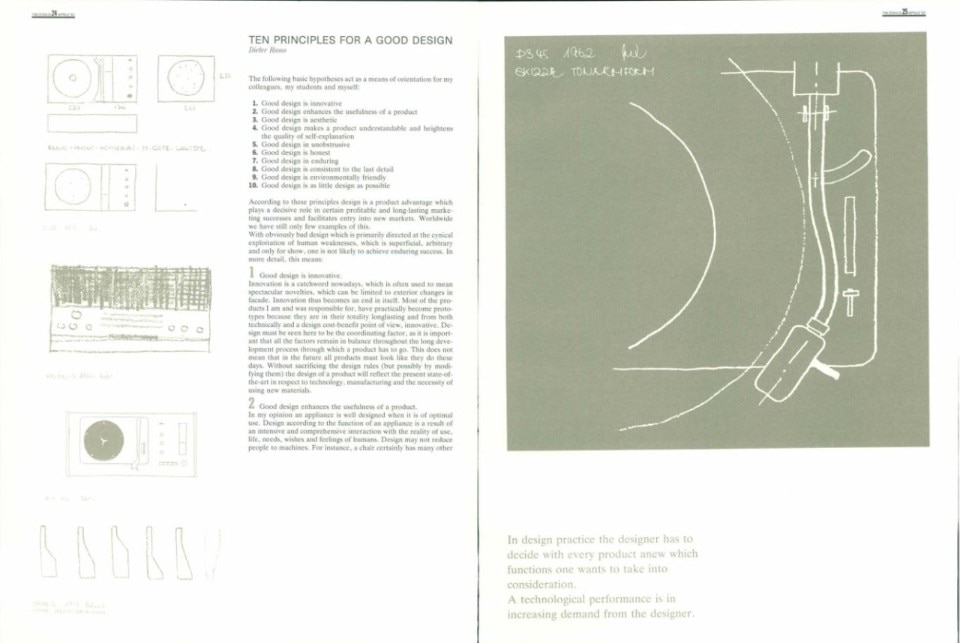
[...] I also mean the visual pollution. It has been my experience that this means a similar disturbance and impairment of our environment, as are for instance the pollution of the air, the soil or the water.
4. Good design is understandable
It shows the product in a logical way. The quality of self-explanation is practically non-existent in a lot of products. They are more or less ‘design puzzles’ which can hardly be solved without studying often frustrating use instructions.
5. Good design is unobtrusive
During the last few years the meaning of design has become increasingly important. This is illustrated by the multitude of discussions on and around the subject. It also shows that industry has far greater difficulty attaining clear, important product advantages by means of the classical areas such as reasonable prices, special technological performance or high quality. In spite of the doubtless increase in importance, design has remained in the background up until now. One reason still for this outsider role is its problematic self-image. The central question is: is design art, applied art, or is it technology? With an eye to the future, there is only one answer in my opinion: industrial design is technology. A designer can only really design products after studying industrial design and with the necessary experience, competence and knowledge of the working methods. Everything else is only cosmetic. A technological performance is in increasing demand from the designer. Every design must be thought through and reliably clarified in depth with all its construction, material and manufacturing requirements. ‘Technology design’ – the conceptionally well-founded, comprehensive, consistent and professional design from start to finish of products – is becoming ever more necessary, more valuable and more important in the light of the above mentioned questions. And, in my opinion, consumer appliances are not least tools and should remain so. They should be able to recede, leave people room for an individual, living environment. They are neither works of art nor cult objects, neither status symbols nor window-dressing.
In design practice the designer has to decide with every product anew which functions one wants to take into consideration. Design must be seen to be the coordinating factor, as it is important that all the factors remain in balance throughout the long development process through which a product has to go.
6. Good design is honest
People often complain that design too often attempts to cheat, i.e. to blind people to the real characteristics of a product, or at least to encourage the customer and user to self-deceit. In my opinion, designers have an educational task because he or she participates in the social and cultural development and cannot deny this responsibility.
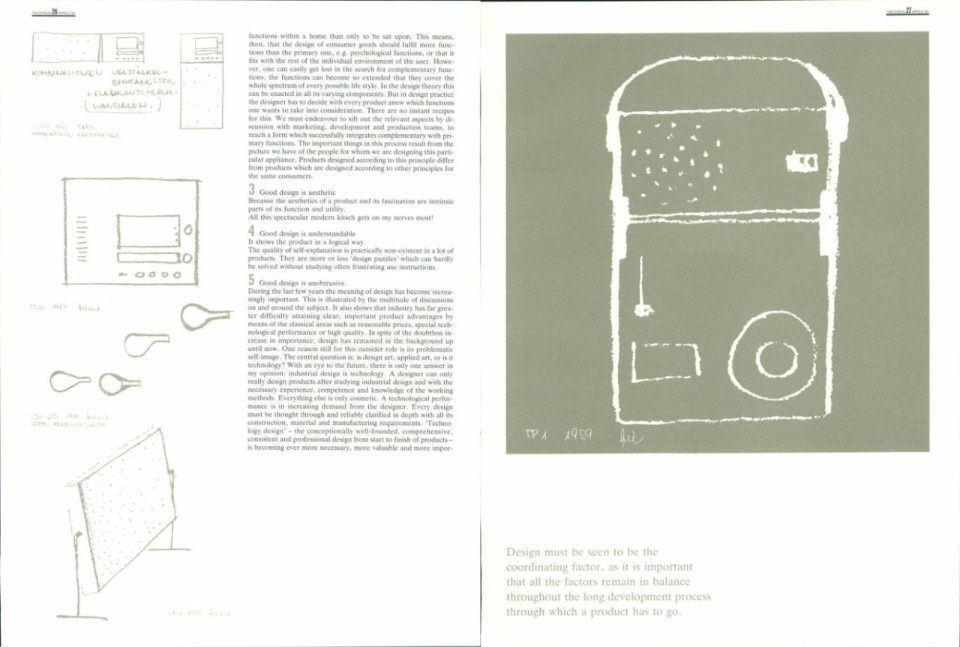
7/8/9. Good design is environmentally friendly, enduring and consistent
Topics 7, 8 and 9 are about the responsibility which design has in the creation of a human environment. Good design watches out for durability, precision and takes the environment into consideration in questions of the material used and the maintenance required for a product. This idea of design is naturally in contrast, for example, who see with those a Swatch – the synthesis of watch and non-watch – as a liberation, namely the freedom to interchange or to throw away. However, I do not believe in self-fulfilment through consuming and throwing away. Soon this will be an academic discussion anyway, as the protection of the environment forces us to look for longlasting solutions. The increasing importance of the protection of the environment, such as the effect of materials used or the considered use of energy and raw materials, is not without influence on design. But I also mean the visual pollution. It has been my experience that this means a similar disturbance and impairment of our environment, as are for instance the pollution of the air, the soil or the water.
10. Good design is as little design as possible
Our only real chance is to return to simplicity. In my eyes, the most important design principle is to leave out everything which is unimportant and to thus highlight the important things. Simplicity in every respect. It is an important task – perhaps the most important one in a social sense – for the designer to help to reduce the chaos in which we are forced to live. The biggest design deficit is in my opinion in the basics. The freedom to reflect how we can make use of technical advances. Of course, there isn’t a simple answer to this, but here the attempt is made to question the real use of the achievements of this highly technical work. Especially, with a view to everyday products, this means questioning whether a new product is really necessary. Is the old product which has proved itself still sufficient or is an improvement reasonable?
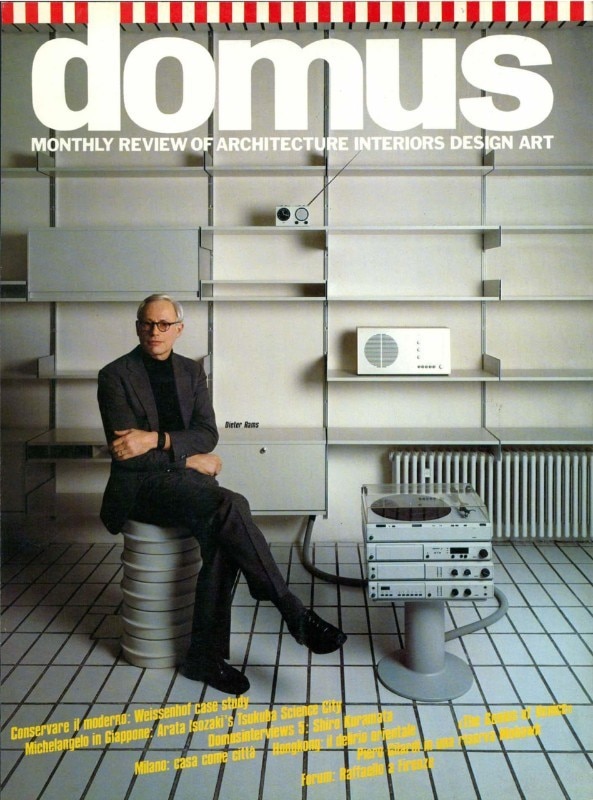
We had grown used to the idea that a world is approaching in which technology will do everything for us and make it possible for humans to make mistakes without suffering the penalty. What we need is a much better understanding of technology. As this belief is most common in those people who confuse language with culture, we must consider where the lack of culture actually lies. True culture is not arrogant but modest and honest. But modesty is very difficult to find! It has always been easier for us humans to imagine the negative than the positive. If you know Dante’s ‘Divine Comedy’ you will agree with me when I say that the excerpts about Hell are much better that those about Heaven.
The sum of mistakes which are made without any necessity is indeed great, and so many are avoidable. This is a field which we can immediately cultivate and which could produce good harvest, if we really want it to. The question is how much do we want it to?
...If we didn’t pay so much attention to prefabricated opinions, prejudices, irrelevancies and gloomy fears which seem rational, but are irrational when we contemplate decisions requiring reasoning and facts, things could be a great deal better. It is difficult to improve morals. But we would have taken a huge step forward if thinking could be improved.
Design indeed is pre-eminently a thinking process.
Opening image: Dieter Rams on the cover of Domus 649, April 1984


